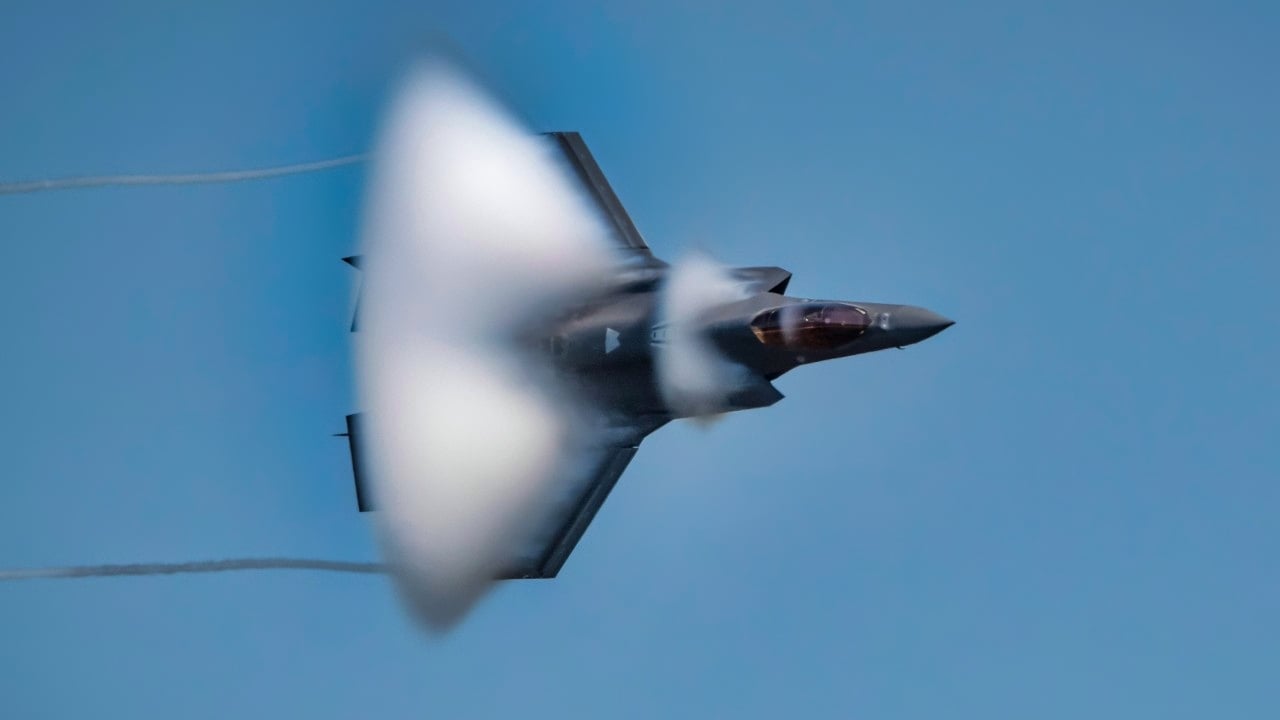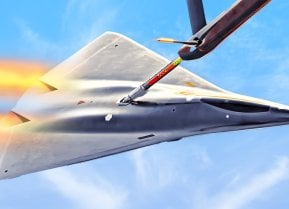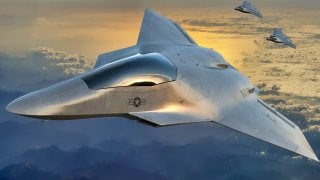NGAD: The $300,000,000 Fighter The Air Force Says Is Too Much Money
The U.S. Air Force is developing its next-generation stealth fighter under the Next Generation Air Dominance (NGAD) program but is highly concerned about costs.
Summary and Key Points: The U.S. Air Force is developing its next-generation stealth fighter under the Next Generation Air Dominance (NGAD) program but is highly concerned about costs.
-Each NGAD fighter could cost up to $300 million, a price the Air Force is hesitant to pay after the $2 trillion F-35 program.
-To manage costs, the Air Force is exploring shifting some NGAD capabilities to the Collaborative Combat Aircraft (CCA) program, which involves unmanned drones flying alongside the NGAD to assist in missions. The goal is to maintain cost efficiency while advancing air superiority.
Air Force Concerned About Skyrocketing Costs of New NGAD Stealth Fighter
The U.S. Air Force is working on its next stealth fighter jet but is very concerned about the cost.
With the F-35 Lightning II estimated to cost the U.S. military over $2 trillion, the Air Force is wary of a repeat performance with Next Generation Air Dominance (NGAD), the program to develop a sixth-generation stealth fighter.
Cutting Costs on NGAD
The Air Force estimates that each NGAD stealth fighter jet could cost up to $300 million, making it an awfully expensive aircraft.
And the Air Force doesn’t seem willing to pay that price.
“The F-35 kind of represents the upper bounds of what we'd like to pay for an individual aircraft for that mission. The F-15EX and F-35 are roughly in the same cost category. I'd like to go lower, though,” U.S. Air Force Secretary Frank Kendall said this week at the Air & Space Forces Association’s annual Air, Space & Cyber conference.
The F-35 program is projected to cost $2 trillion across its lifecycle, according to the Government Accountability Office (GAO). In terms of cost per aircraft, currently, the F-35A version costs around $110 million, the F-35C $117 million, and the F-35B $135 million.
The F-35A is the standard take-off version, and that is why it’s cheaper. The F-35C is designed to operate from aircraft carriers and has a different landing structure. Finally, the F-35B is the Short Take-Off, Vertical Landing iteration that allows the aircraft to take off and land like a helicopter. This capability is complex, something that is reflected in the variant’s price tag.
“Is it possible that we'll look at that Pareto curve and nothing on that curve is cheaper than an F-35? That is possible, yes, but we got to do the work. We got to do the analysis, and we know what would be most advantageous,” Andrew Hunter, the Air Force’s acquisition chief, said.

The NGAD is still under development without a finalized contract. The next-gen aircraft is designed to replace the F-22 Raptor stealth fighter jet in its air superiority role.
To cut costs, the Air Force is considering transferring some of the envisioned NGAD capabilities to the Collaborative Combat Aircraft (CCA) program that is designed to fly alongside the NGAD.
“Once you start integrating [collaborative combat aircraft] and transferring some mission equipment, capabilities, functions to the CCAs, then you can talk about a different concept, potentially, for the crewed fighter that's controlling them, so there's a real range in there,” the Air Force secretary added.
The CCA mentioned by Kendall are intended to serve alongside the NGAD and offer additional kinetic options. In essence, they will be controlled by the NGAD’s pilot and will be armed, offering additional vectors of attack on a target. Although the intention is for CCAs to operate with artificial intelligence, the overall goal is to have tight human control over the unmanned aircraft.
About the Author
Stavros Atlamazoglou is a seasoned defense journalist specializing in special operations and a Hellenic Army veteran (national service with the 575th Marine Battalion and Army HQ). He holds a BA from the Johns Hopkins University and an MA from the Johns Hopkins’ School of Advanced International Studies (SAIS). His work has been featured in Business Insider, Sandboxx, and SOFREP.
Image Credit: Creative Commons and Shutterstock.


